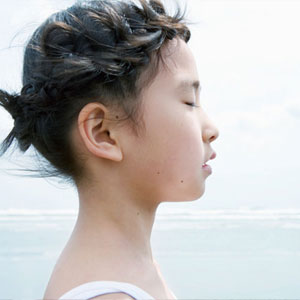What Is LSD?
LSD (lysergic acid diethylamide) is a hallucinogenic drug. Hallucinogens change the way people sense the world around them.
What Else Is LSD Called?
acid, sugar cubes, white lightning, dose, tripping, blotter
How Is LSD Used?
LSD is odorless, colorless, and tasteless. It can be painted onto small squares of paper that people lick or swallow.
What Does LSD Do?
LSD causes the senses of space, distance, and time to become altered. People might say they "hear" colors or "see" sounds, and have strange feelings and strong emotions.
Many users refer to an "acid trip" — when the effects don't let up and can last for up to 12 hours at a time. LSD also can cause "bad trips" — when users experience panic, confusion, sadness, and scary images. Bad reactions can happen with the first use and a user may have flashbacks later, experiencing the feelings of a bad trip even after the drug wears off.
Because LSD also affects judgment and behavior, users might find themselves in a dangerous situation.
Physical changes include increased heart rate and blood pressure, muscle twitches and shaking, dilated pupils, sweating, sleeplessness, and loss of appetite.
Where Can I Find Help?
If you or someone you know is fighting drug addiction, recovery is possible. Talk to your health care provider or check your state or local health department websites.
You also can get more information and support by calling 1-800-662-HELP (4357), or online at:


